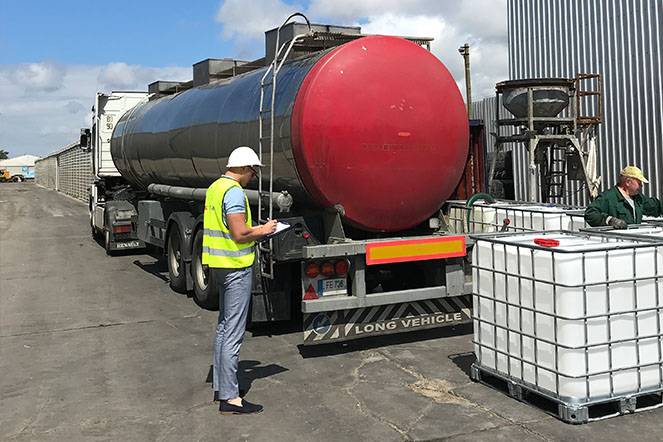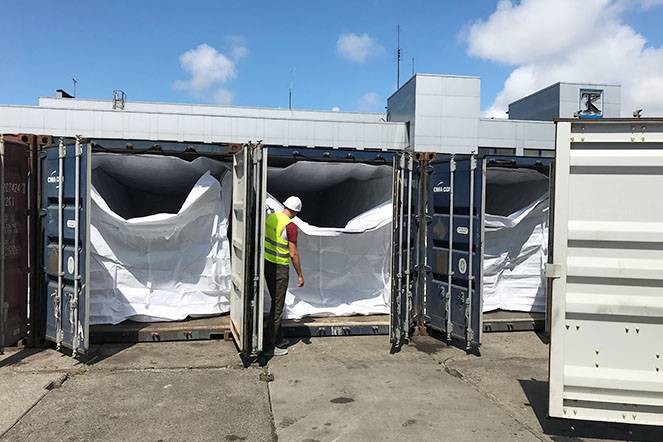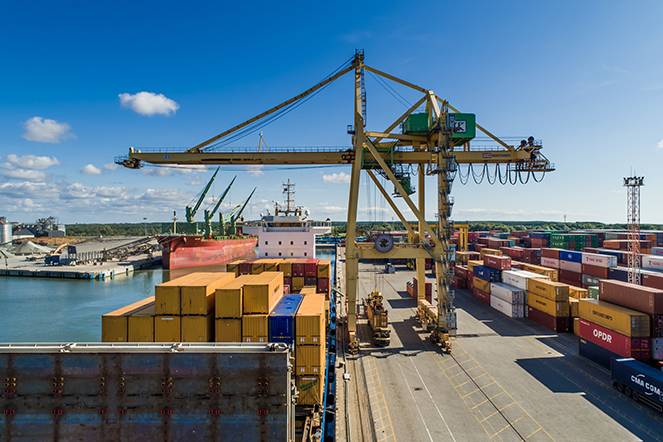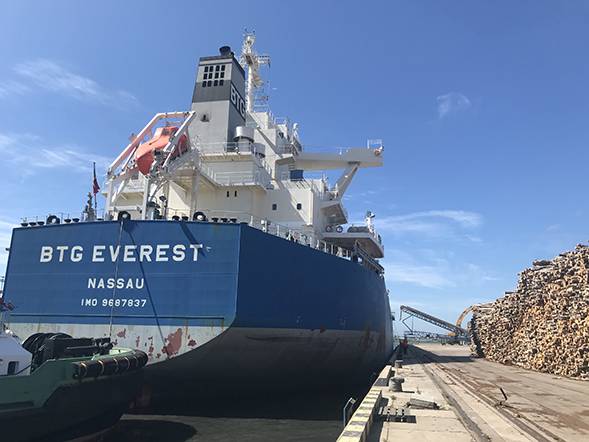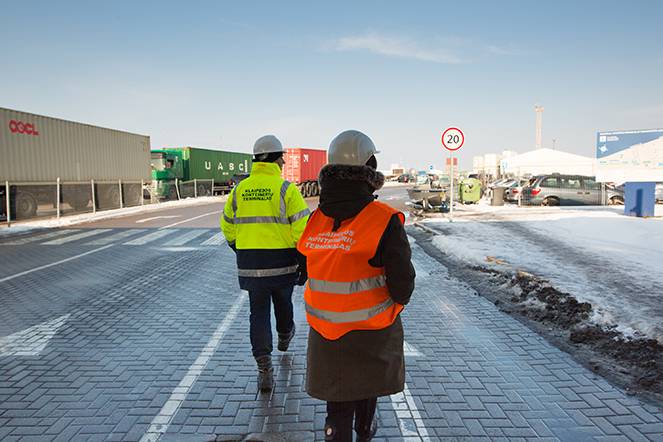Is now the time to choose containerised freight? Copy
2023 April, 17

Andrius Valentinas, Sales Manager of our company, says that the sharp decline in freight rates on the market is a boon for businesses for whom transporting their products by sea containers has so far been an irrational solution due to the low value of the cargo itself.
According to Andrius Valentinas, our Sales Manager, we have been observing a change in sea container freight prices on the market for six months. “We can say that we are back to the pre-pandemic level of 2019, when prices were between USD 1,800 and 1,500 per 40-foot container from China to Lithuania or vice versa. In the pandemic period, the cost of moving such a container reached record highs of up to USD 8,000 – 10,000,” says Andrius.
According to the sales manager, looking at the statistics, in 2019 and the previous year, prices were similar and held steady at around USD 2 000 per container and here we are in the first quarter of 2023. However, this is not expected to be the end of the story, as prices will fall further due to the emptying of the freight market. The drop is unlikely to be drastic, but the bottom is far from being reached.
Declining demand leads to low freight prices
2021 was a year of impressive growth for container shipping companies. During the pandemic, the cost of shipping containers soared to a record high as the world’s ports were overwhelmed by the sheer volume of cargo, the shortage of containers and the lack of ships capable of carrying them. The challenges posed by the war in Ukraine, which started in 2022, still have residual effects in logistics chains. So 2023 looks set to be no less challenging.
Andrius identifies three main factors that have contributed to the declining cost of container freight:
The ever-increasing uncertainty caused by tensions between Russia and Ukraine and China and the US;Changes in energy prices, inflation, which has affected companies’ production capacity and household purchases;
Warehousing space, warehouses are full, which encourages companies to wait and avoid new orders. Also, shipping lines have increased their capacity during the pandemic period, and the current drop in demand means that new capacity is not being fully utilised. Inter-competition also has an impact on falling prices.
“In summary, the worsening global macroeconomic environment, the slowdown in the industry, declining consumption, and the halt in the transport of unnecessary cargoes are all triggering a return to pre-pandemic levels, and possibly even lower container freight prices,” says Mr Valentinas.
What is the right time for?
“Businesses that have so far found shipping their products by sea container an irrational solution due to the low value of the cargo itself need to take heart. It is now worthwhile to ship peat, wood pellets, secondary raw materials for recycling, scrap metal, plastic and rubber waste, salt by sea container. The sharp decline in freight prices on the market is a boon for these businesses and a great opportunity to save on logistics costs and offer their goods to distant markets,” says Andrius Valentinas.
TLC is one of the companies managed by Klaipėda Terminal Group.

